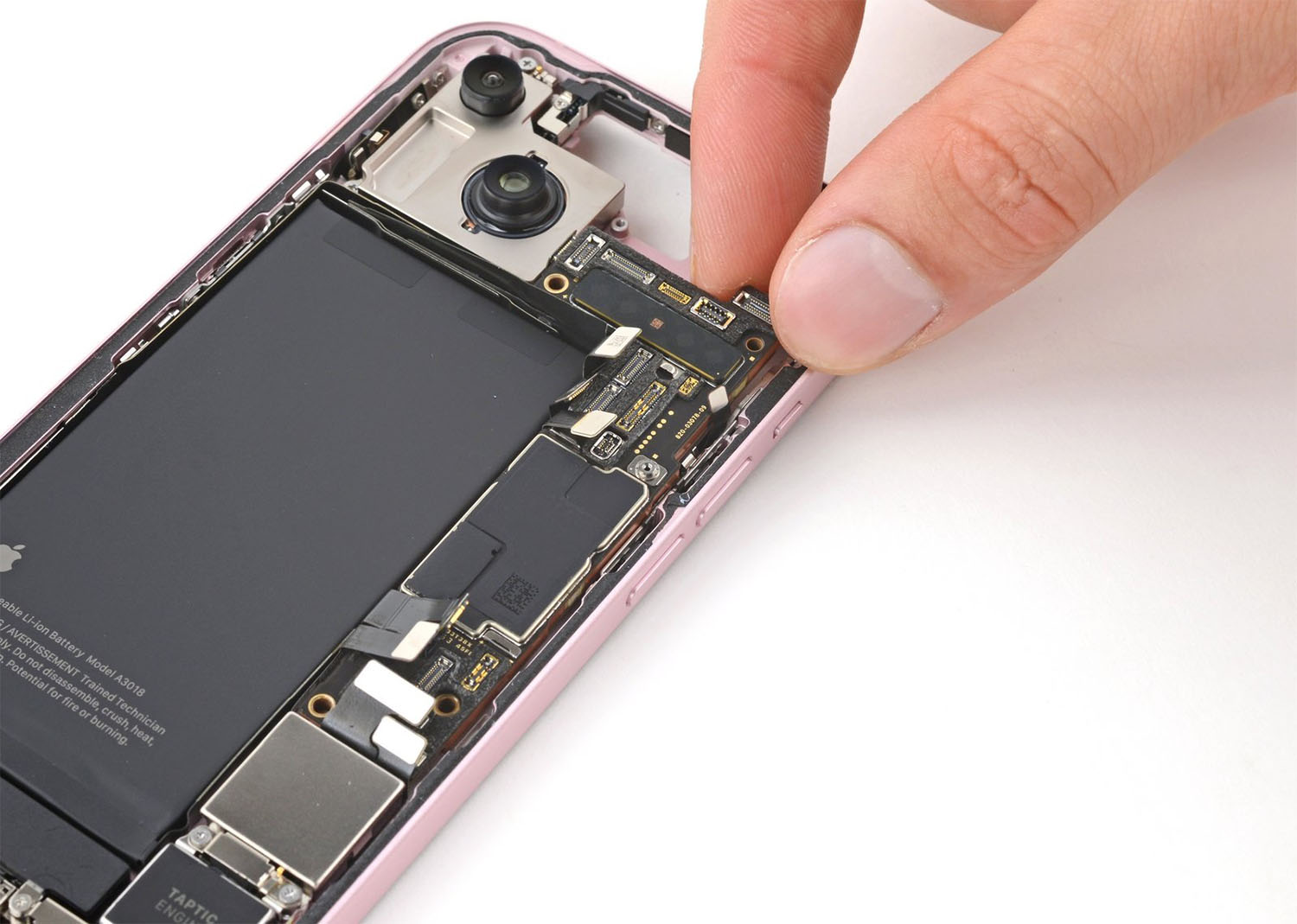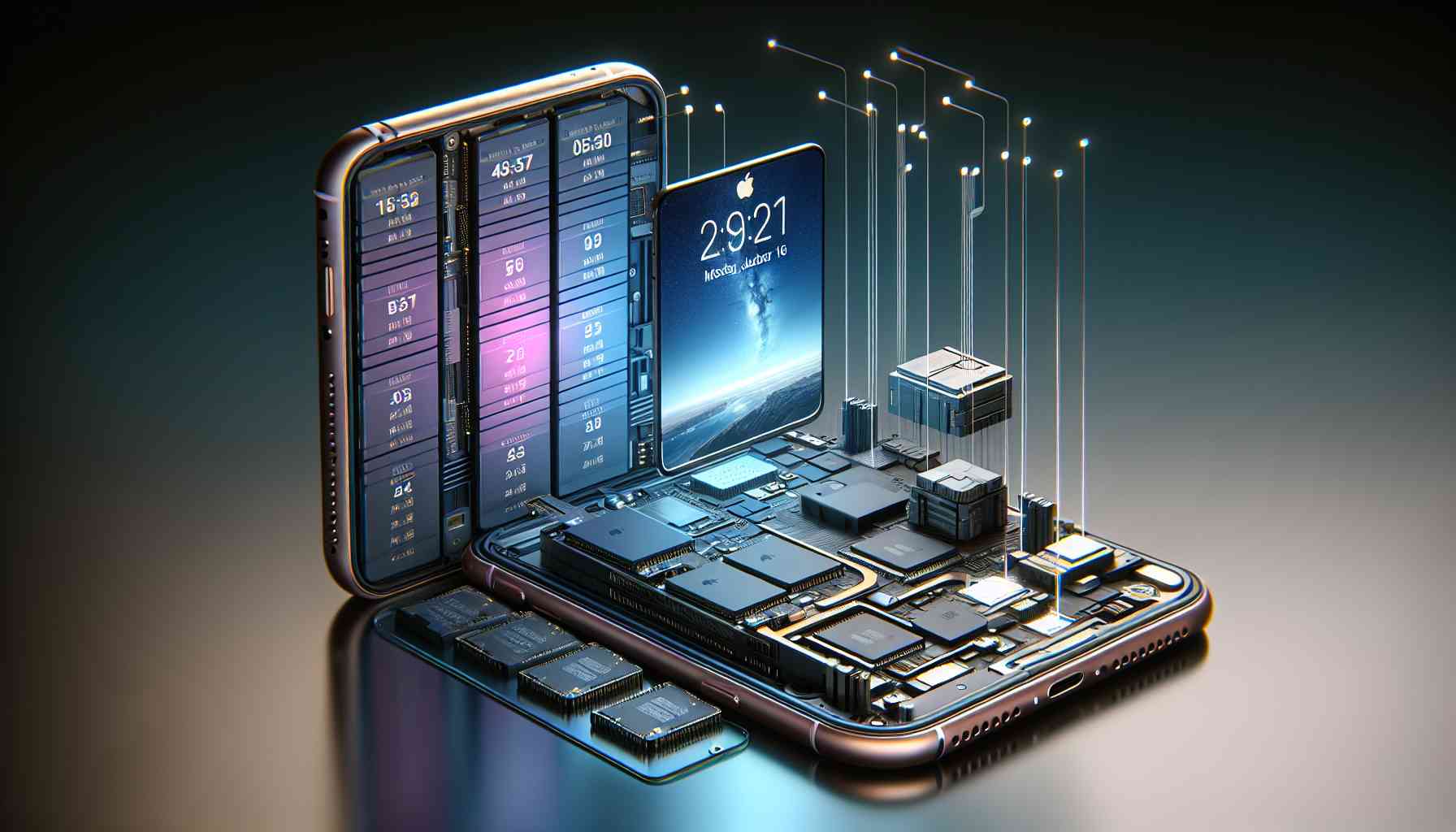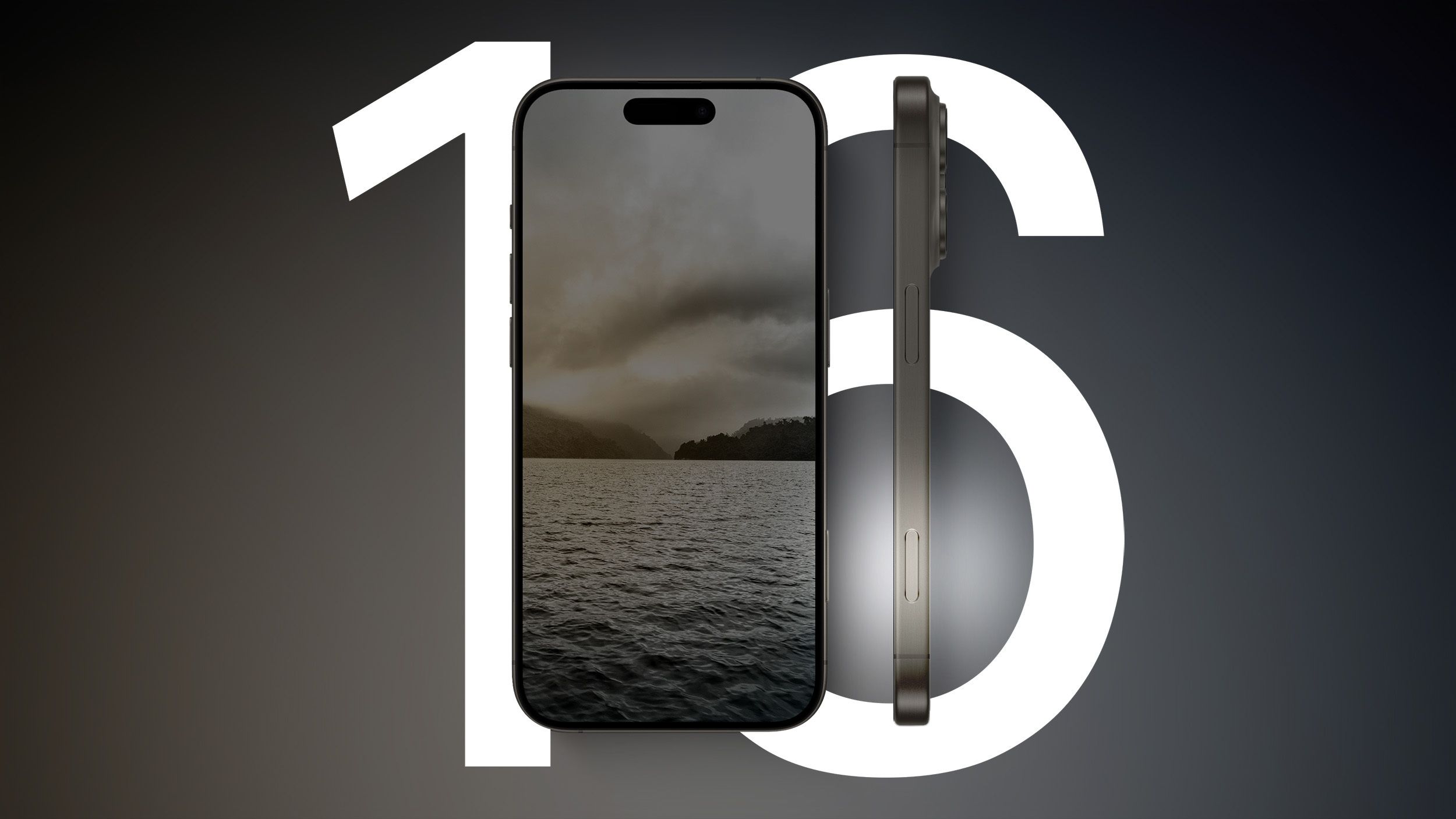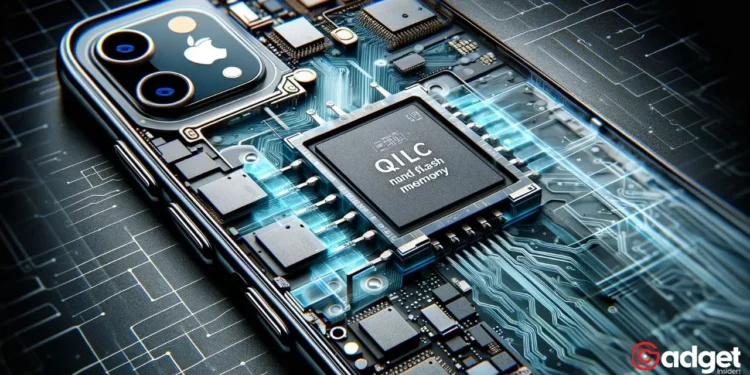Apple iPhone 16 gears up for launch and the tech world buzzing with anticipation for its latest innovation in the iPhone lineup. The iPhone 16, slated for release later this year, is poised to make a significant shift in its storage technology, marking a potential game-changer for smartphone enthusiasts and casual users alike. But as with any technological advancement, this comes with its own set of challenges and trade-offs.

Apple iPhone 16, The Leap to QLC NAND: A Storage Revolution?
Recent reports suggest that Apple is in the process of procuring QLC (Quad Level Cell) NAND flash for its upcoming Apple iPhone 16 models. This move is particularly noteworthy as it could enable Apple to offer iPhones with unprecedented features with internal storage. The whispers of 1TB models or even larger storage capacities are enough to excite any tech aficionado.
But what exactly does this shift mean? In layman’s terms, QLC NAND technology allows for storing more data in the same physical space compared to its predecessor, TLC (Triple Level Cell) NAND. This means the Apple iPhone 16 could pack more storage without altering its sleek design.
A Look Inside: Understanding QLC Versus TLC
To appreciate the significance of this shift, it’s crucial to understand the difference between QLC and TLC NAND. TLC NAND, the current standard in iPhone storage, stores three bits of data per cell. QLC, on the other hand, ups the ante by storing four bits per cell. This seemingly small change has substantial implications for storage capacity and cost-effectiveness.
However, the benefits of QLC come with a caveat. QLC NAND is generally considered less reliable than TLC, particularly in terms of write endurance. This means that the flash memory chips in QLC-equipped devices might have a shorter lifespan due to fewer write cycles. Additionally, QLC NAND is known for slower write speeds, which could potentially impact the performance of higher storage models.

The Apple iPhone 16 Storage Dilemma: Speed Versus Capacity
With the potential introduction of QLC NAND in the iPhone 16, users might face a new kind of trade-off: choosing between higher storage capacity and optimal write performance. The base models of the Apple iPhone 16, likely to stick with TLC NAND, could outperform their higher storage counterparts in terms of speed. This divergence could influence buyer decisions, especially for those who prioritize device longevity and performance over storage space.
APPLE LEAK: iPhone 16 Pro may offer up to 2TB STORAGE, but with a performance hit. Reports hint at a larger display, enhanced A18 Pro CPU, and 48MP ultra-wide lens. QLC NAND flash could mean slower data write speeds, but a more affordable high-capacity option. #iPhone16 #Apple pic.twitter.com/IK130QgucI
— The SiReN (@TheTechSiren) January 18, 2024
Apple iPhone 16: A Step Forward or a Compromise?
While the adoption of QLC NAND flash marks a step towards greater storage capacities, it also raises questions about the overall user experience. Apple, known for its meticulous attention to detail, user-centric design, and features faces the challenge of balancing these technological trade-offs. It’s a move that could redefine smartphone storage standards but also one that invites skepticism about the longevity and performance of higher-end models.
Looking Ahead: The Future of Apple iPhone 16 Storage
As we inch closer to the Apple iPhone 16’s release date, the tech community is abuzz with speculation and analysis. Will Apple’s gamble on QLC NAND pay off, offering users unprecedented storage options? Or will the drawbacks of this technology dampen the excitement around the new models? Only time will tell, but one thing is certain: the iPhone 16 is shaping up to be a device that challenges conventional wisdom and pushes the boundaries of smartphone technology.

In the end, the success of the iPhone 16 will hinge on how well Apple manages to strike a balance between innovation and practicality. The potential of QLC NAND flash to revolutionize smartphone storage is immense, but so are the challenges that come with it. As the release date in September approaches, all eyes will be on Apple to see how they navigate this complex technological landscape.










